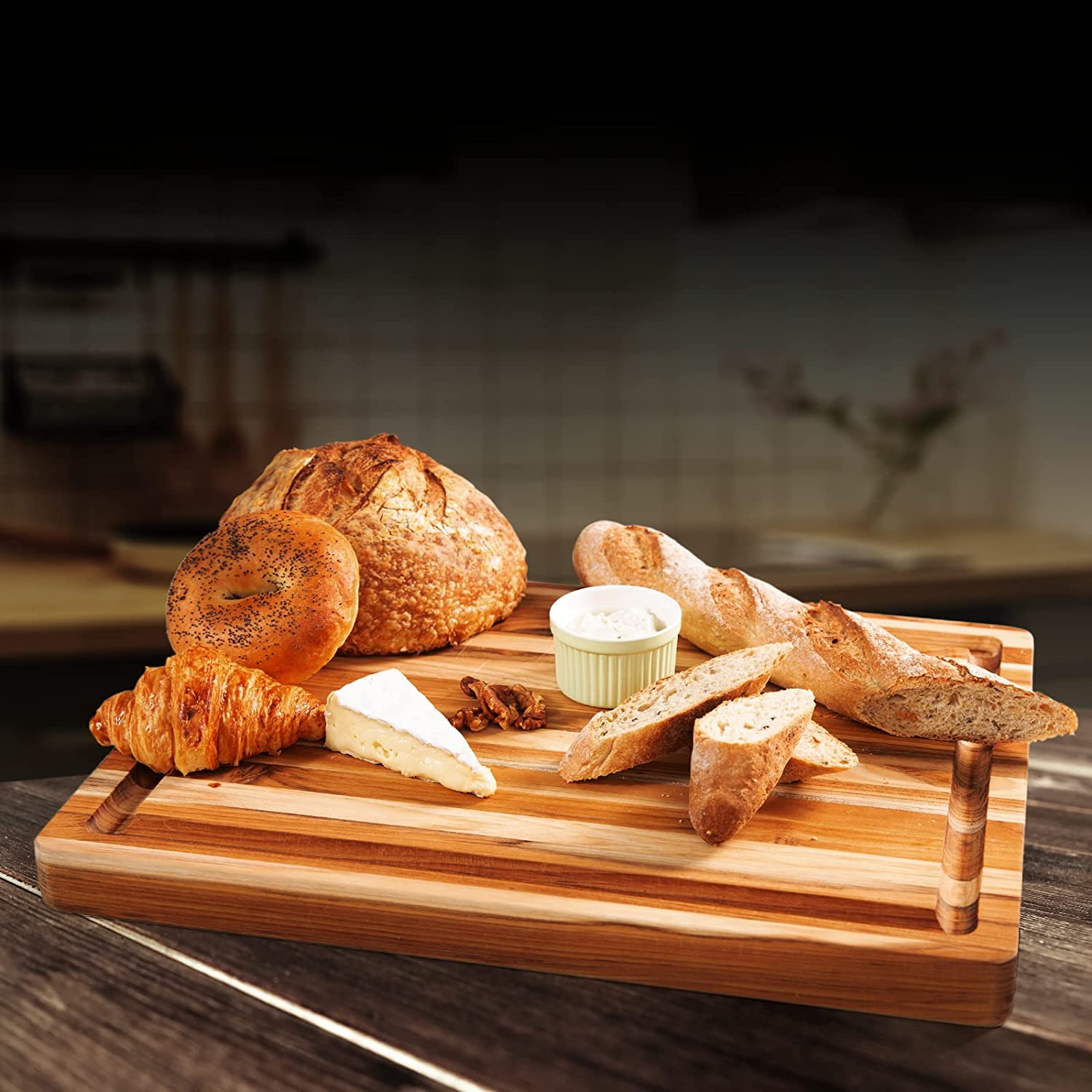When cooking daily at home, it is very common to have a cutting board for cutting food at hand. There are cutting boards made of different materials. Plastic and wood cutting board are the most common and used.
Nothing is written about tastes. But at the level of food safety, it may be safer to use a cutting board for a particular material. And, according to Katie Heil, senior editor of the StateFoodSafety portal, the answer is simple: the cutting board that is easiest to clean and sanitize.

The use of these kitchen tools can have benefits or harms, depending on what foods they are used with.
Benefits of plastic cutting boards
In terms of maintenance, plastic boards can be a good ally. Although, indeed, wooden boards usually have a better aesthetic finish. They are usually more difficult to disinfect than plastic boards.
This means, in the first instance, that the use of wooden boards could increase the risk of foodborne illness or food poisoning. Some planks of wood have antimicrobial qualities. But some of these little critters can become trapped and survive in a dormant state.
In fact, in New York, it is illegal to use wooden cutting boards for food in restaurants or any food service. In most of these establishments, dishwashers are used, in which it is possible to disinfect plastic cutting boards but not wooden ones, since they would absorb water and swell.
Benefits of wooden cutting boards
Although plastic boards are easier to clean and disinfect, they are less durable than wooden ones. Once a plastic board is damaged, it is very easy for microorganisms to hide in that location, and therefore will not be cleaned properly. Wooden boards, in contrast, tend to better resist the passage of time and use.
There are several studies about it. On the one hand, a study published in the Journal of Food Protection in 1994 suggested that wooden cutting boards, regardless of whether they were used or not, had fewer bacteria after being cleaned than already used plastic boards. On the other hand, another study published in the Journal of AOAC International in 2006 reached similar results, specifically analyzing the risk of salmonellosis according to the type of cutting board used.
Wooden boards are stronger than plastic ones since knives don’t usually damage them as easily. Although, on the other hand, the type of wood used for its manufacture is also important. The use of fine-grained hardwoods such as maple is more recommended, according to the United States FDA.

If you properly clean your cutting boars, read out another article How to disinfect cutting boards?
How to properly clean wooden and plastic boards
To clean wooden cutting boards, some experts often advise using kosher salt if heavy stains exist, rinsing afterward with hot, soapy water, and drying quickly. Likewise, regular treatment with mineral oil is usually recommended regularly to prevent the wood from drying out.
For its part, both wooden and plastic boards can be disinfected with a tablespoon of bleach to a little water, then clean with clean water and drying it quickly, as advised by the United States Department of Agriculture and Food Safety.
Experts advise using both, depending on the food to be cut in question. plastic boards for meat, and wooden boards for fruits, vegetables, bread, and cheese.










Leave A Comment